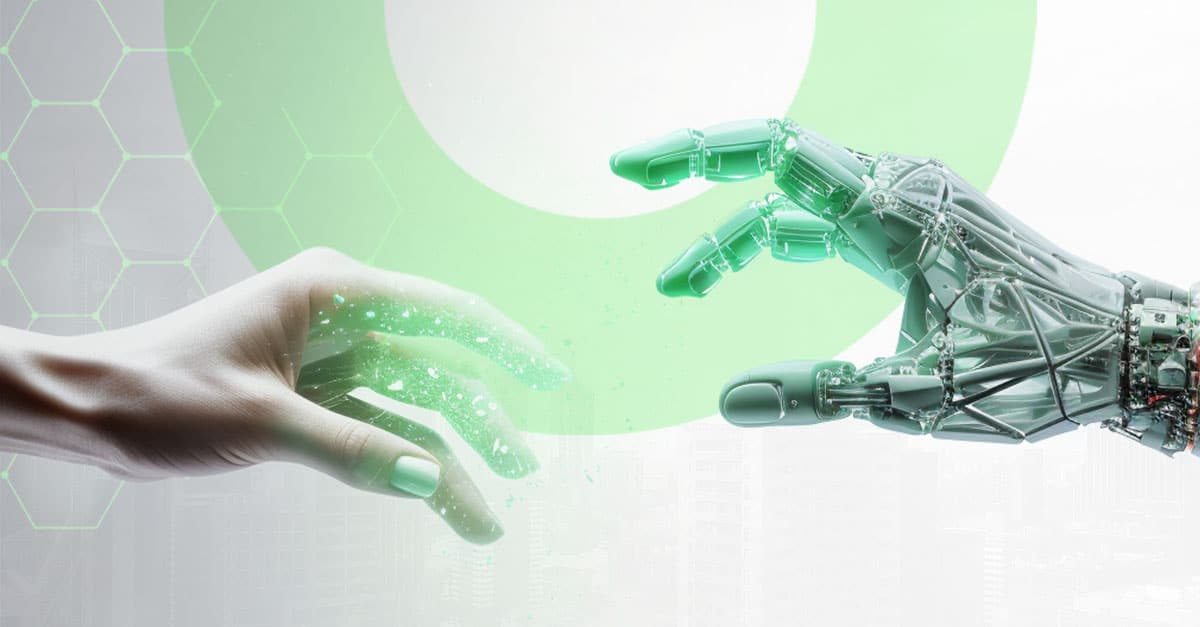02/02/2024
In a world where uncertainty prevails, effectively managing opportunities and utilizing available tools is crucial, and technology stands poised to play a pivotal role in driving efficiency and progress for companies. As we explore the 2024 tech trends, we will focus on generative AI, cybersecurity challenges, the evolution of No-Code platforms, and environmental hurdles that impact the technology industry.

Unveiling the Power of Generative AI and Addressing Bias Challenges
Gartner anticipates an 8% growth in IT spending, reaching $5.1 trillion in 2024, with a significant portion earmarked for Artificial Intelligence (AI). Generative AI, in particular, is gaining momentum, providing companies the means to enhance operational efficiency and gain a competitive edge. However, the newfound opportunities in generative AI come with challenges, particularly in managing biases within AI solutions. According to Gartner, those who effectively manage AI trust, risk, and security (AI TRiSM) will be better positioned to bring new developments to fruition.
The increasing accessibility of generative AI to diverse audiences means that all companies, regardless of size, and even individual citizens (in theory) can become sources and users of AI. This necessitates governments and public authorities to formulate new regulations, a trend already beginning to unfold.
In the realm of generative AI, intelligent applications are expected to continue incorporating external data organically to enhance their functionalities without the need for independent business intelligence tools. The goal is for these applications to learn from user behavior, adapting and personalizing experiences.
This progression entails a significant investment in cybersecurity. ISG data indicates that threats from AI are a top concern for over half of corporate security leaders over the next two years. Companies are gearing up to respond through team training and the adoption of new security technologies.
A future where our cars autonomously decide their fuel needs or avatars handle financial transactions is on the horizon. Gartner predicts that by 2028, machine clients will drive a 20% obsolescence of digital offerings.
No-Code Revolution and Big Data Boom: Shaping Automation and Information Dynamics
In the realm of automation, the implementation of No-Code applications, known for providing greater resource efficiency, personalized customer experiences, and capabilities for complex data analysis and predictions, is expected to continue. Quandary Consulting Group suggests that up to 77% of application development requests cannot be met due to a shortage of qualified personnel, a gap that No-Code technology aims to address.
On the other hand, let’s take a look at the data industry or Big Data scenario. According to ResearchAndMarkets, this sector is projected to potentially move $353.9 billion by 2030, prompting companies to invest in infrastructure, cloud, and data processing systems.
Obviously, the generation of vast amounts of data is made possible by the Cloud. Deloitte estimates that the world will generate 149 zettabytes of data by 2024. According to MarketsandMarkets, the global cloud industry is expected to grow by 16% in 2024, reaching $727.6 billion. The sovereignty of the cloud, ensuring data storage complies with the laws of the country that owns the information, will become increasingly central due to the growing value of cloud-hosted information. Global companies must consider that in this highly dynamic regulatory environment, which responds to sometimes conflicting geopolitical strategies, data management is crucial.
Balancing the imperatives Security and Sustainability
Security challenges will persist as a constant consideration in planning. Gartner proposes that the CTEM approach could reduce vulnerability by 67%. Threat exposure management (CTEM) focuses on systematically exposing companies to dangers to assess responses to such risks, identifying, quantifying, and prioritizing threats against assets, and mitigating them through firewalls, intrusion detection systems, security policies, and other countermeasures.
Finally, addressing the broader challenges humanity faces due to climate change, the IT industry is urged to reduce its energy consumption, currently representing 1% globally. ISG asserts that major cloud service providers are investing in tools to track their carbon footprint, implement energy-efficient data centers, and manage electronic waste sustainably.
Anticipating 2024 technological perspectives is not guessing or betting in one or other trends. It supposes an analysis of how the technology supply market has behaved, considering the economic, regulatory, geopolitical, and cultural frameworks in which companies and citizens operate. Beyond this, foresight must guide business leaders in making decisions aligned with their business objectives.
Tech-driven Innovation more pivotal than ever
Technological innovation, the process by which companies create new products or services using digital tools, has far-reaching impacts beyond direct users. It gradually modifies expectations, creates new work models, demands different capabilities, transforms businesses and markets, and triggers regulatory needs.
For decades, consumers have experienced unprecedented improvements in benefits such as time savings, accurate predictions of preferences, anticipation of demands, and responsive engagement with opinions and demands. Industries, ranging from banking and financial services to agriculture, mining, healthcare, entertainment, and public services, have undergone radical transformations with the increasing development of technology.
Thus, the service offerings begin to equalize, and the attributes of required or hygienic quality escalate, meaning the minimum standards from which improvement starts. Products and services become standardized, making competition more challenging.
As we look at the 2024 tech trends, we observe the consolidation of lines that have been evolving for years, converging with the challenges posed by a global, multi-crisis context. Innovation and technology stand as pivotal forces to bridge current gaps and lay the foundations for a better future.





